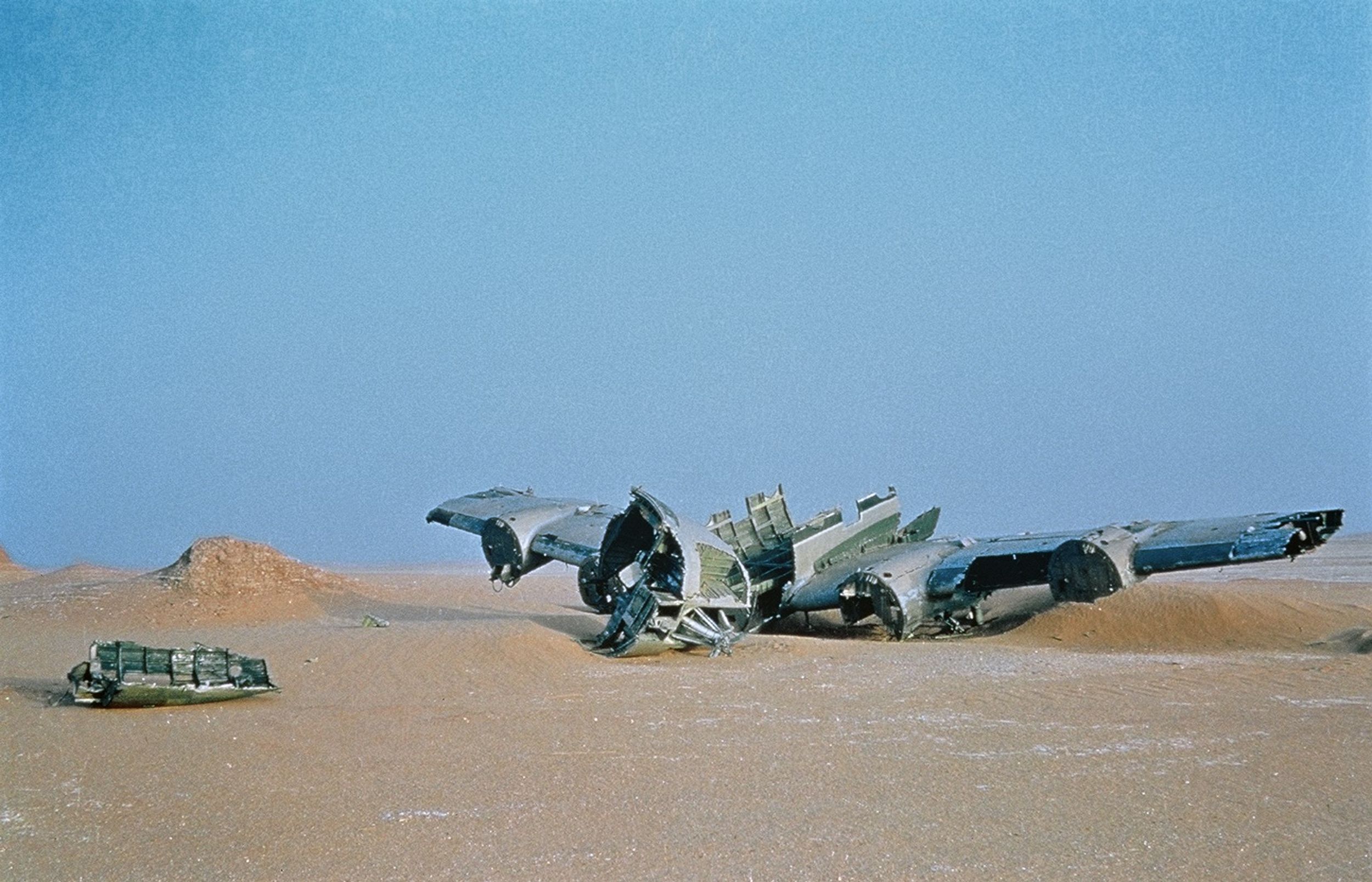
Fata Morgana
African desert landscapes take center stage in this surreal, poetic documentary. In the long traveling shots of desolate expanses of sand, human presence is betrayed only by an abandoned airplane, car wrecks, collapsed buildings and dead livestock. The first chapter, “Creation,” combines scenes from this timeless landscape with the voice of German historian and film essayist Lotte Eisner recounting the creation myth of the Guatemalan K’iche’ people. It’s a tale of trial and error, of the miserable failures before the arrival of the final piece of the puzzle: humanity. In the following sections – “Paradise” and “The Golden Age” – Werner Herzog presents compelling scenes featuring various compatriots, including a zoologist captivated by lizards, a teacher instructing her African pupils on the use of the sentence (Blitzkrieg is madness) and a gaggle of giggling tourists. Herzog describes his film as a sci-fi elegy about the insanity of colonialism. He soon dropped the intended storyline in favor of an exclusive focus on the imagery. As Hertzog’s camera, mounted atop a VW camper, explores the desert as if it were some pristine, alien planet, it’s not difficult to see it as a sort of new land.